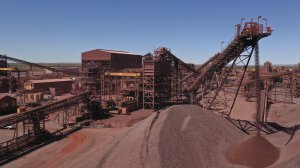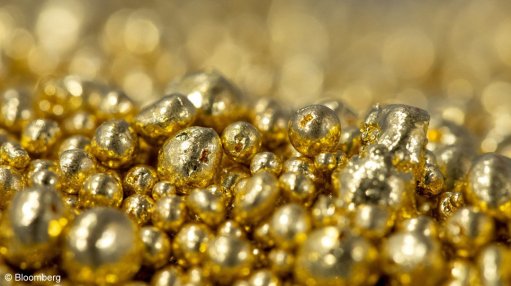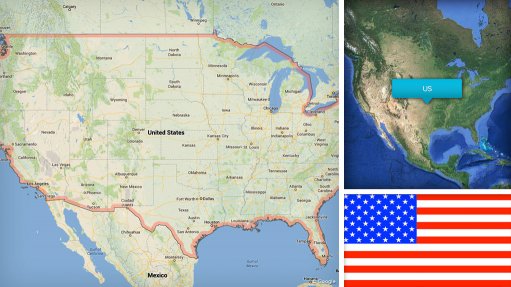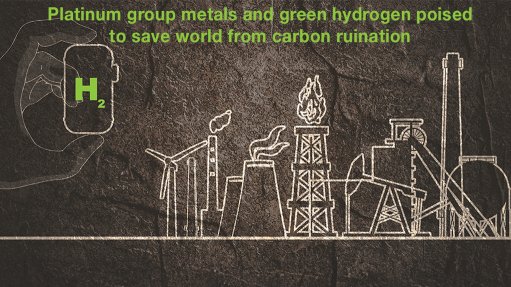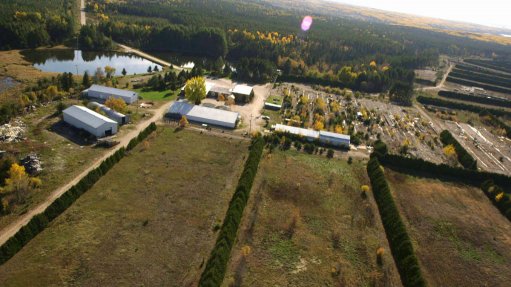Why EPCM gain from considering transfer points early


There has been growing recognition that transfer points and chutes have a significant impact on overall plant performance
This article has been supplied as a media statement and is not written by Creamer Media. It may be available only for a limited time on this website.
The mining sector relies increasingly on Engineering, Procurement and Construction Management (EPCM) firms for new builds and expansions – allowing miners to focus on their core mandates.
The advantage of using EPCMs is their design and execution capability, which many mining companies have elected to reduce over the years. According to Weba Chute Systems project manager Ted Cruikshank, this usually streamlines the input of suppliers, allowing a focused and efficient relationship.
“For EPCMs to get the best value from our decades of experience in transfer points, they really need to talk to us early in the project cycle – ideally at bankable feasibility stage,” says Cruikshank. “This can ensure that transfer points are optimally planned upfront, as the positioning of this infrastructure is vital to many other aspects of the plant.”
He notes that in the past five years or so, there has been a growing recognition that transfer points and chutes have a significant impact on the overall performance of process plants. They were previously considered as relatively small additions to plant layout, with more attention being paid to the larger items which carried a higher capital value.
“What is now being appreciated is that poorly positioned or inadequately designed chutes can disrupt the entire plant process, costing mines dearly in terms of downtime, maintenance and repairs,” he says. “Mines pay the price of sub-standard equipment by having to deal with choking in the chutes, high wear-and-tear, spillage, skew belt loading, damaged idlers and other problems.”
These challenges can be avoided if EPCMs engage transfer point specialists early on, so that these experts help inform the plant layout before final design decisions need to be taken. By getting the right input in good time, EPCMs can also quote more accurately on their project costs.
“For instance, if the positions and heights of key equipment in a plant have already been decided before we get involved, it means that designs must be altered in order to achieve optimal results,” says Cruikshank. “Alterations to existing plans invariably means added costs – which the end-customer is never happy about. By arriving at the right design first time around, the costing is more predictable and the reputation of the EPCM is enhanced.”
He notes that the height of a transfer point is an important variable in properly controlling the flow of ore through chutes and onto receiving conveyors with optimal belt loading, low impact and reduced wear. Before design stage, Weba Chute Systems gathers detailed technical information from the client on the mine’s material characteristics, lump sizes, tonnages, particle size distribution and other factors. Transfer chutes can then be custom-engineered to the right configuration, matched to the ore that needs to be moved.
“We regularly see situations on mines where this process has not been followed, and where chutes are still regarded just as simple platework,” he says. “On one manganese mine in the Northern Cape, management called for our assistance when material flow across the operation became disrupted by dysfunctional chutes that would not last.”
The success of Weba Chute Systems’ intervention in this case led to them replacing almost 30 chutes on a single site, so that mine operations could resume normally. He also emphasises the maintenance-friendly design of the company’s chutes, for safer and quicker maintenance.
Comments
Press Office
Announcements
What's On
Subscribe to improve your user experience...
Option 1 (equivalent of R125 a month):
Receive a weekly copy of Creamer Media's Engineering News & Mining Weekly magazine
(print copy for those in South Africa and e-magazine for those outside of South Africa)
Receive daily email newsletters
Access to full search results
Access archive of magazine back copies
Access to Projects in Progress
Access to ONE Research Report of your choice in PDF format
Option 2 (equivalent of R375 a month):
All benefits from Option 1
PLUS
Access to Creamer Media's Research Channel Africa for ALL Research Reports, in PDF format, on various industrial and mining sectors
including Electricity; Water; Energy Transition; Hydrogen; Roads, Rail and Ports; Coal; Gold; Platinum; Battery Metals; etc.
Already a subscriber?
Forgotten your password?
Receive weekly copy of Creamer Media's Engineering News & Mining Weekly magazine (print copy for those in South Africa and e-magazine for those outside of South Africa)
➕
Recieve daily email newsletters
➕
Access to full search results
➕
Access archive of magazine back copies
➕
Access to Projects in Progress
➕
Access to ONE Research Report of your choice in PDF format
RESEARCH CHANNEL AFRICA
R4500 (equivalent of R375 a month)
SUBSCRIBEAll benefits from Option 1
➕
Access to Creamer Media's Research Channel Africa for ALL Research Reports on various industrial and mining sectors, in PDF format, including on:
Electricity
➕
Water
➕
Energy Transition
➕
Hydrogen
➕
Roads, Rail and Ports
➕
Coal
➕
Gold
➕
Platinum
➕
Battery Metals
➕
etc.
Receive all benefits from Option 1 or Option 2 delivered to numerous people at your company
➕
Multiple User names and Passwords for simultaneous log-ins
➕
Intranet integration access to all in your organisation


